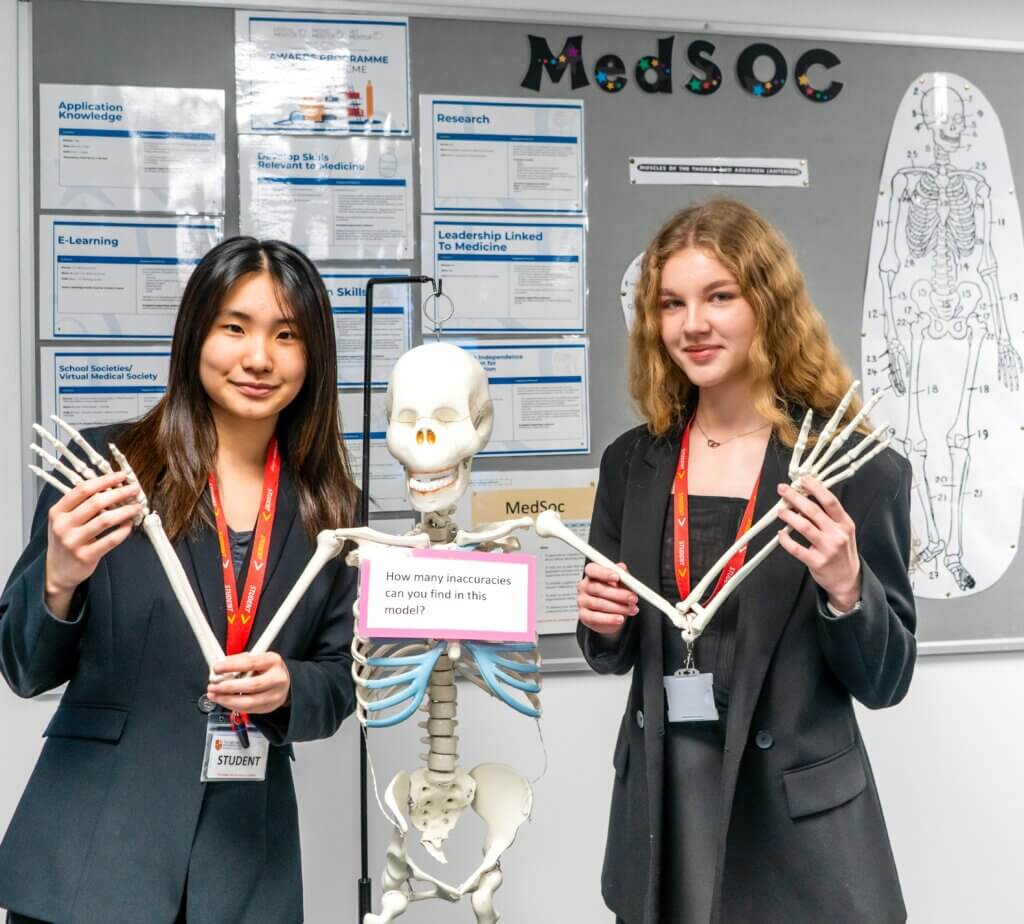Should you apply to large public colleges or small private ones? Do college rankings matter? Will a selected institution let you reach your full potential? These questions come to mind while applying for undergraduate studies in the US. The first task of the application process involves creating a university list of 40 colleges from a pool of 4,000. But don’t let that intimidate you. As leading undergraduate consultants who help hundreds of applicants to successfully apply to US universities, we’ll show you the way.
This step-by-step guide will help you create a perfect list of US universities
1) Include best-fit colleges in your university list:
Many students select colleges based on rankings. But it is essential to look beyond these rankings and consider the ones that meet your goals as closely as possible. Attending a college that isn’t a good fit interferes with a university’s aim to give you a well-rounded social and academic experience. Consider these factors while selecting a best-fit college:
Academics:
Your university should provide outstanding academic and research opportunities for your major and minor fields. Look for peer tutoring, accessible professors, mentorship programmes and career services like internships and placements. If you’re unsure of your major, consider colleges renowned for subjects that interest you.
Campus life:
Public colleges are funded primarily by the state. They must provide education to their taxpayers, meaning that the student population here is mainly US citizens and from a single state. Private colleges have no such mandate and can admit more international and out-of-state students, which results in a diverse student body. Also, every college has a unique vibe, and the campus culture is essential to your social and emotional well-being. Understand the politics and interests of the student body, and don’t forget to consider the dorms, food, student clubs and recreational facilities while preparing your university list.
Location:
The college location is an essential factor when it comes to preparing a university list for US admissions. If you want to be active off campus, look for urban colleges. But if you prefer a social life oriented around college, a rural or suburban campus may suit you better.
Financial aid:
College education in the US is expensive, especially for international students. But don’t cross colleges off your university list because of their price tag. Many colleges offer fabulous financial aid packages and sometimes combine them with grants and scholarships, so you may not need a loan. Students with higher grades and test scores become eligible for merit-based financial aid.
Extracurricular activities:
Consider colleges that have extracurricular activities that align with your interests or future goals. For example, if you enjoy writing or want to pursue a career in media, you may want to look at a university with a well-renowned college newspaper like The Harvard Crimson or The Michigan Daily.
2) Research colleges on your list of US universities
Begin by looking at college websites to get an overview of their curricula, majors, resources and admission requirements. But remember that official websites provide sanitised and static information. For deeper insights, you will have to look elsewhere.
Try Google search phrases. For example, to find a theatre group at a particular college, look for links to college newsletters, student group listings and social media pages instead of the college website. According to our undergraduate experts, this bottom-up approach to research can give you unofficial but valuable perspectives. While following university pages, look for department-specific pages of the same college. Follow a professor conducting research or holding a class in your area of interest. This will enable you to demonstrate interest and discover how the faculty interacts with students, helping you assess the openness of the university’s academic culture.
You should also visit third-party websites like U.S. News, College Confidential and Reddit for opinions, ranks and information on campus culture. Also, there’s nothing quite like a student’s viewpoint. So, reach out to the admissions office of prospective colleges to connect you with their alumni and current students.
3) Classify colleges smartly in your US university list
Once you’ve handpicked your 40 colleges, our leading undergraduate admissions experts suggest that you sort them out into the following categories:
Dream schools:
Which schools would you love to attend despite highly competitive rates of admissions? Harvard University is a dream college with a low acceptance rate. Securing admission here isn’t guaranteed, but applying might be a reasonable risk if you have the grades and test scores that make you competitive. Assess your dream schools based on your academic statistics before adding them to your university list.
Target schools:
Under this category, include colleges where you have a good chance of securing admission. The average SAT score to get admitted into the University of Wisconsin is between 1,300 and 1,480. Scoring 1,400 would put you within the admission range, but it’s important to consider your entire profile and ensure you position yourself as a good match through your essays.
Safety schools:
This compilation should include colleges where admission is nearly guaranteed because your profile supersedes the higher end of their admitted student stats.
4) Interact with admissions officers
The more admissions officers you meet, the better you will understand the expectations, which will help you create your university list more efficiently. Visiting them on campus is ideal, but that may not always be possible, especially if you’re an international student. So, make it a priority to meet them in person when they visit your country.
You may also reach out to admissions officers via email. Remember to be tactful in your approach. Avoid asking inappropriate questions, like “what are my chances of gaining admission” or requesting information readily available on the college website. Always be professional in your communication and give them sufficient time to respond. They are usually swamped and may not be able to reply immediately.
Here are six things you should know about studying in the US. You may also read about how to make the most of your campus visit. But creating a university list for US admissions is a herculean process. If you need any help in researching and selecting universities, please get in touch with us. As a leading undergraduate consultancy, we will help you introspect and identify your needs.




